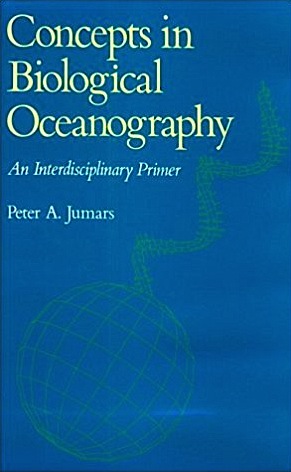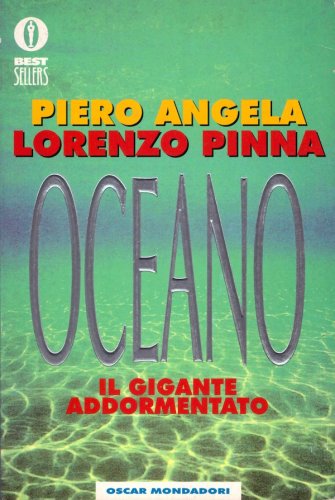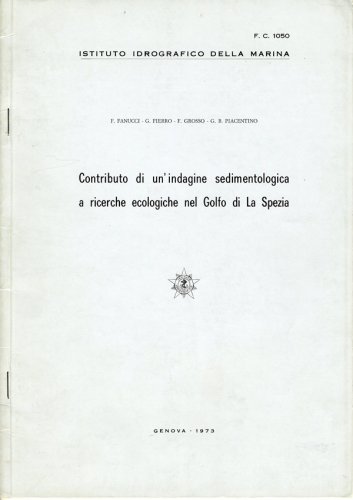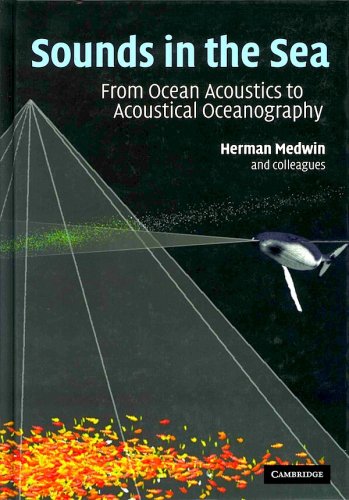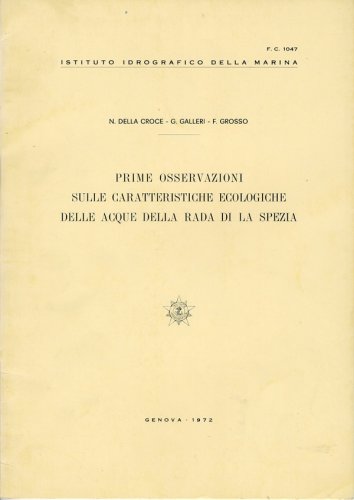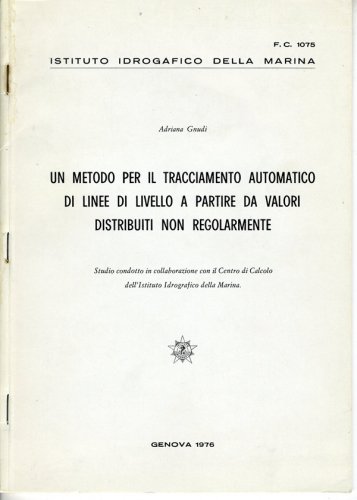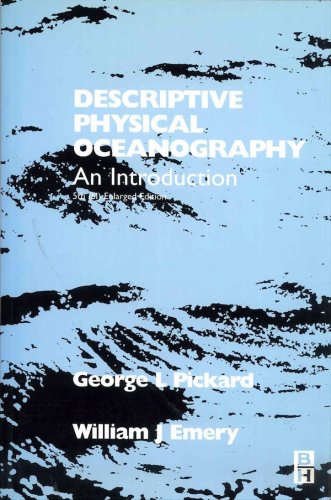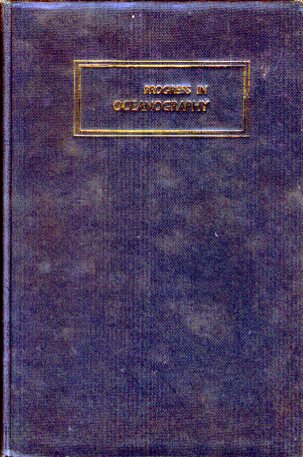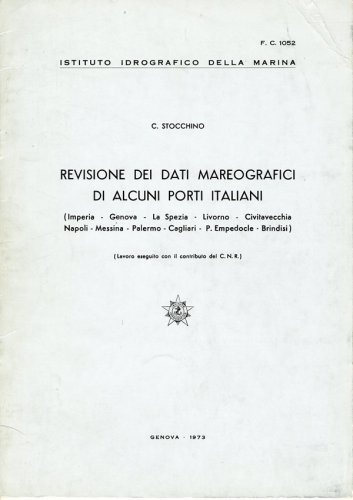Concepts in biological oceanography
an interdisciplinary primer
Concepts in biological oceanography
an interdisciplinary primer
- Non disponibile, richiedi informazioni sulla disponibilità
- Possibilità di reso entro 10 giorni lavorativi
- Transazione sicura con carta di credito, Paypal o bonifico bancario
- Spedizione tracciata con SDA
his textbook for advanced level courses in oceanography focuses on the interaction of ecological and physical processes that govern the ocean. The book begins with an introduction to ecology, using foraging theory and analytic formulation of encounter rates of predator and prey as organizing principles. Examples used are primarily marine to convey how marine systems differ from terrestrial environments. These differences, which carry through the remainder of the book, arise primarily through the ways in which deposit feeders process seafloor muds, suspension feeders extract particles from seawater, bacteria absorb solutes, and marine plants gather nutrients and light. The next section of the book is devoted to central issues of biological oceanography: controls of primary production, the role of bacteria, and questions of recruitment. The last part treats interdisciplinary topics as the arena in which the non-biological environmental scientist is most likely to find need for some biological background. The book is designed to introduce and develop concepts rather than to give extensive factual detail.

